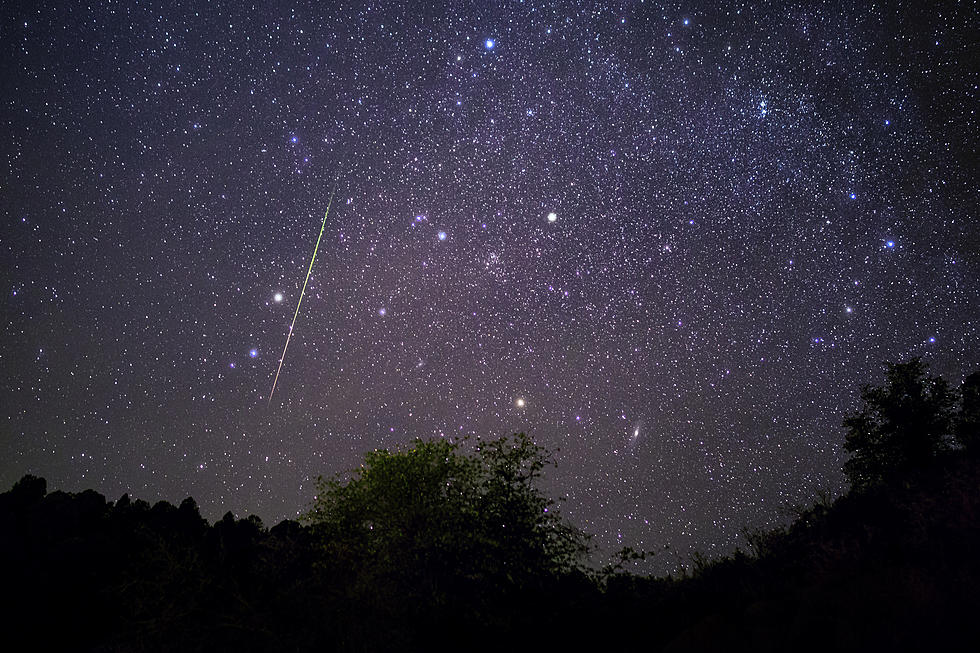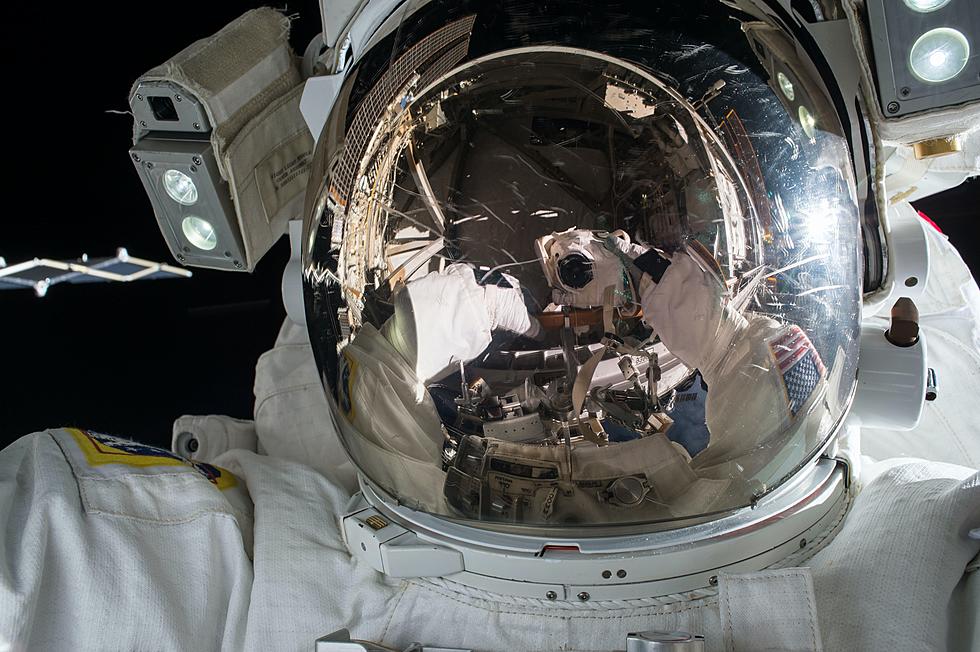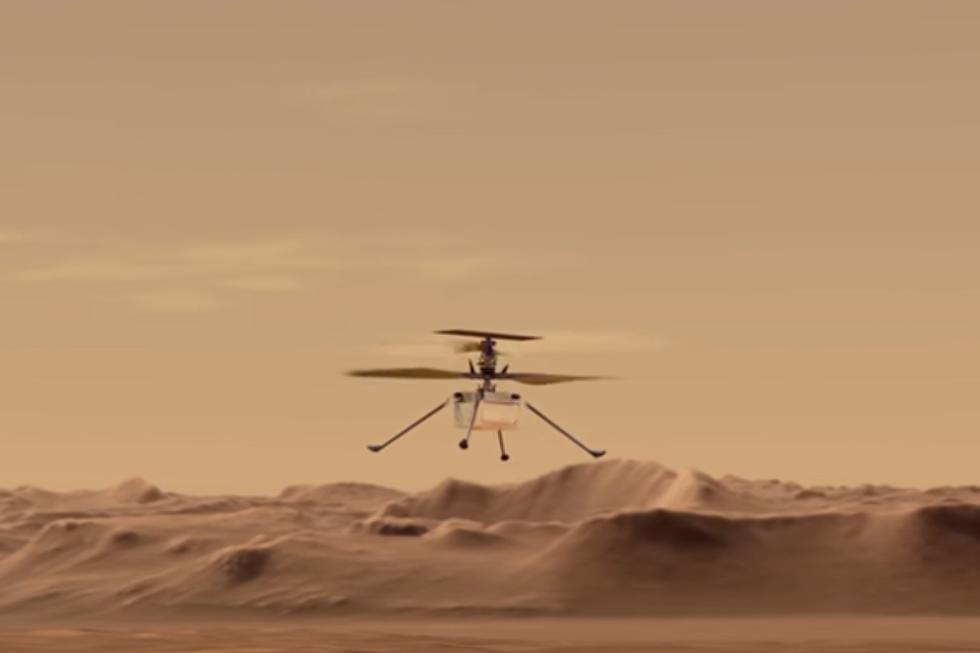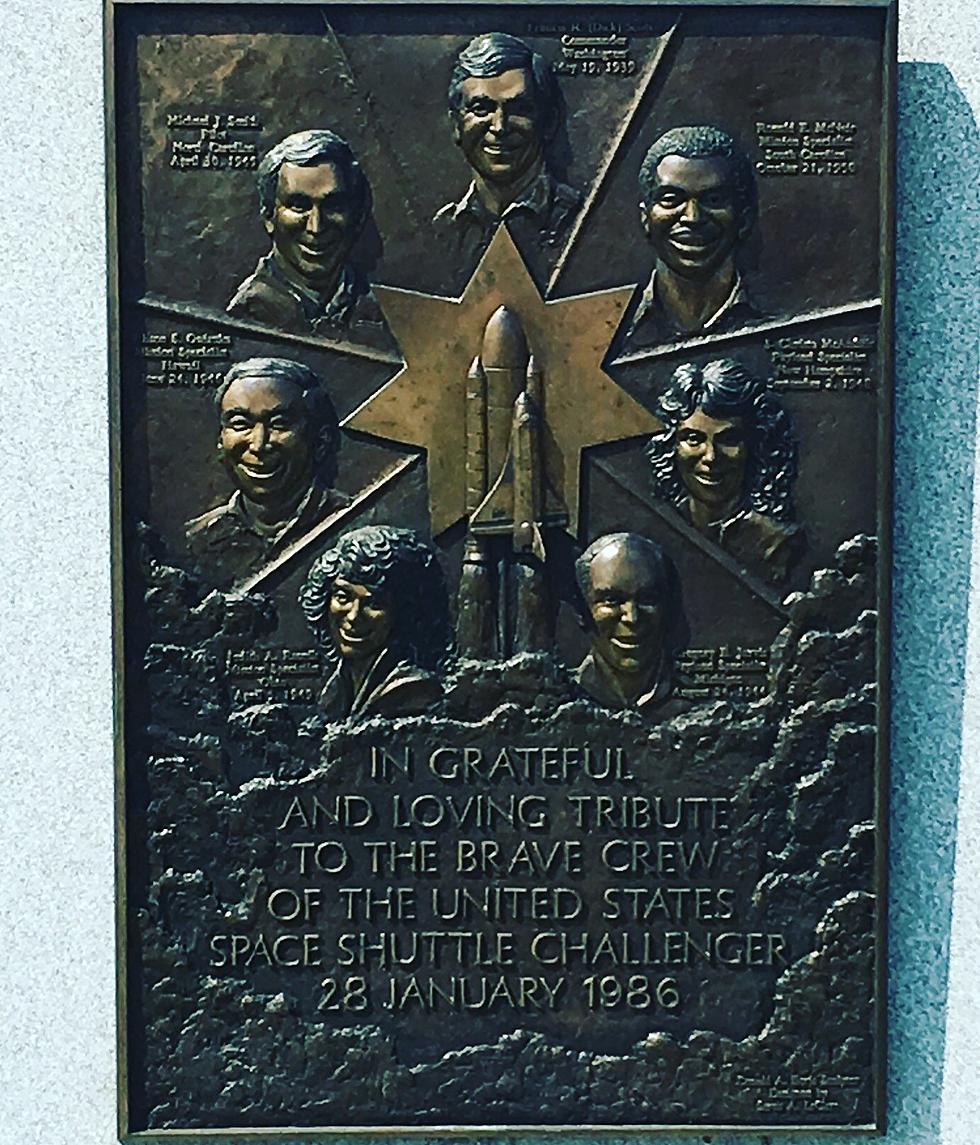![NASA’s Curiosity Rover Safely Lands on Mars [VIDEO]](http://wac.450f.edgecastcdn.net/80450F/tsminteractive.com/files/2012/08/Curiosity-Rover-Safely-Lands-on-Mars.jpg?w=980&q=75)
NASA’s Curiosity Rover Safely Lands on Mars [VIDEO]
Early Monday morning, NASA’s $2.5 billion Curiosity rover safely landed on Mars after eight months of interplanetary travel. The car-sized, one-ton rover now begins a two-year mission of exploration and discovery as it roams the surface of the red planet.
Rather than rely upon traditional landing systems, NASA opted for a tricky maneuver where Curiosity was lowered to the surface by a sky crane that hovered above on eight retro rockets. Fortunately, the landing went off without a hitch and the rover sent back photos proving that it successfully touched down within the 96-mile-wide Gale Crater.
The plutonium-powered rover will now spend at least the new two years examining rocks within the crater, looking for evidence that Mars may have once contained life. Curiosity is the largest and most sophisticated robotic laboratory ever sent to another planet.
From here, Curiosity will travel to a three-mile-high mountain within the crater, a trip which could take almost a year. Scientists think that rock within the mountain could give us glimpse into the geological history of Mars dating back billions of years.
“Tomorrow we’re going to start exploring Mars,” said Dr. Charles Elachi, director of the NASA Jet Propulsion Laboratory. “And next week and next month and next year, we’ll be bringing new discoveries every day, every week, to all of you.”
[Today]
More From 95.7 KEZJ







![NASA Can See Your Christmas Lights From Space [VIDEO]](http://townsquare.media/site/33/files/2019/12/GettyImages-1069073022.jpg?w=980&q=75)
![NASA Unveils New Spacesuits For the Moon & Mars [VIDEO]](http://townsquare.media/site/33/files/2019/10/GettyImages-464966054.jpg?w=980&q=75)
